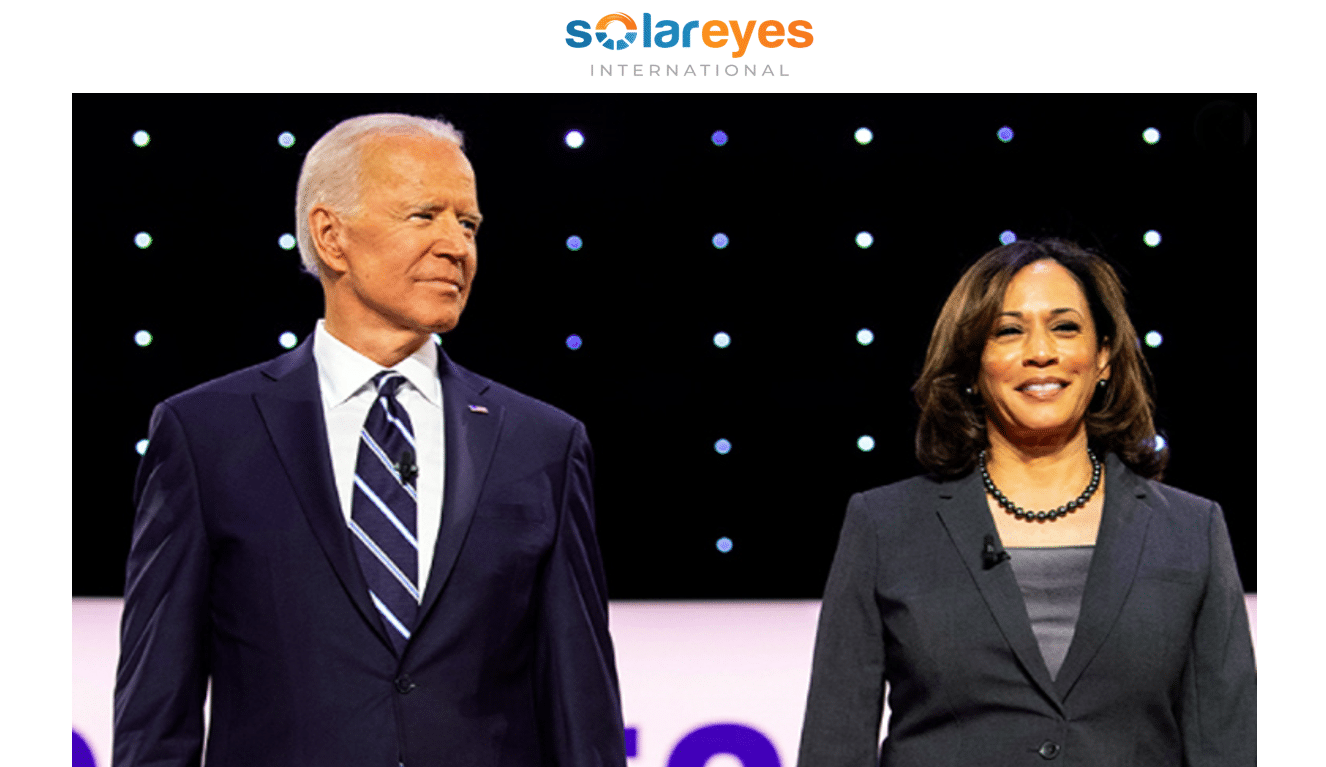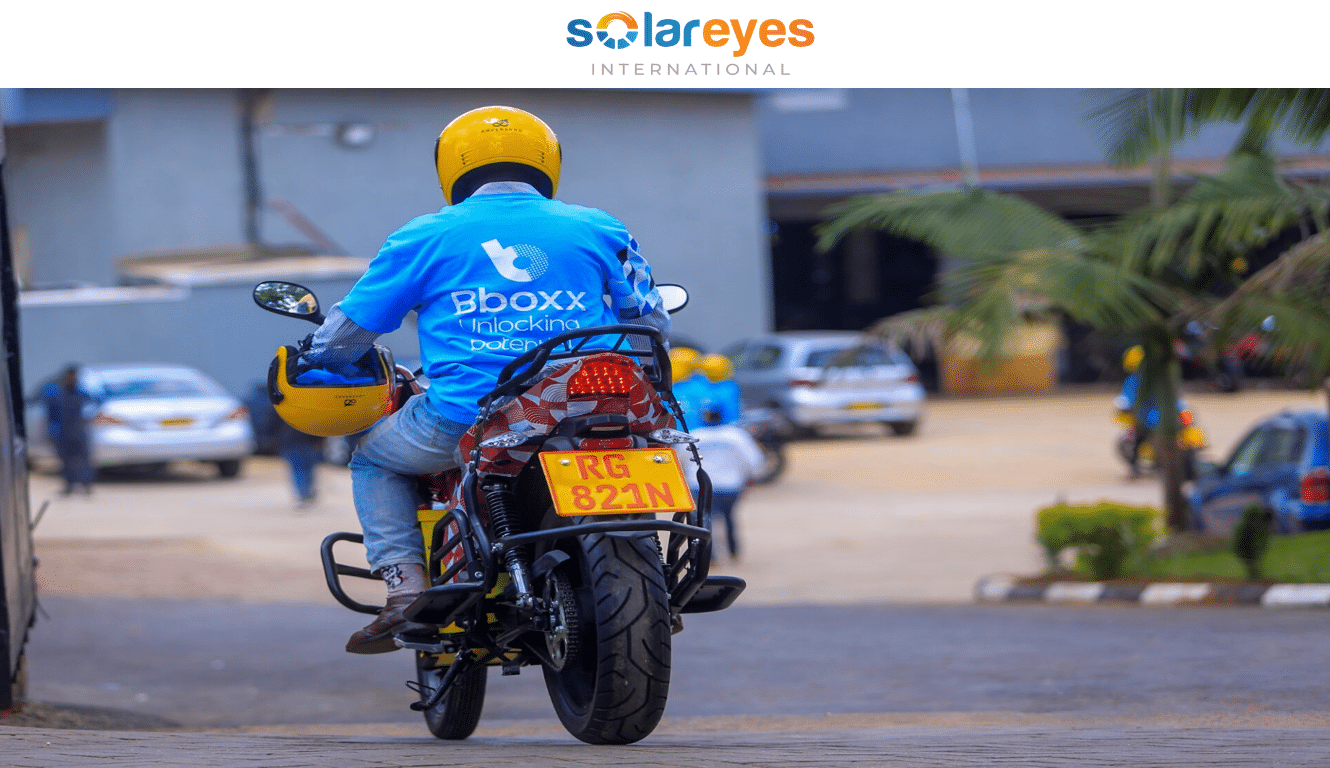1,200 MW Floating Solar PV Plant Proposal in Zimbabwe’s Lake Kariba: Boon or Bane?

1,200 MW Floating Solar PV Plant Proposal in Zimbabwe’s Lake Kariba: Boon or Bane?
1,200 MW Floating Solar PV Plant Proposal in Zimbabwe’s Lake Kariba: Boon or Bane?
A country that is reeling from a serious load shedding schedule as long as 18 hours per day, the 1,200 MW Floating Solar PV Plant Proposal in Zimbabwe’s Lake Kariba by China Energy Engineering Group is sweet news in the ears of the general populace. According to the proposal documents, the construction of the Floating Solar Plant will cost nearly $1 billion. The proposal was presented to the state-owned Zimbabwe Power Company.
Further details from the proposal documents stated that, “The work scope of the project includes the design, procurement, construction and commissioning of a 1000MW AC floating solar farm and 330kV/33kV booster station”. The 1,200 MW Floating Solar PV Plant Proposal is in line with Zimbabwean Government’s New Renewable Energy Policy goal to achieve 1000 MW of Solar Energy by 2025.
It is left to be seen whether this proposed initiative can be considered a boon or bane. In other words, despite inevitable excitement among the authorities and the general populace, it is very important to analyze the potential advantages (boon) and disadvantages (bane).
Zimbabwe’s Current Power Situation
Zimbabwe is currently generating less than one-third of its 2,200MW national peak demand. This is due to aging power coal power plants and equipment. So many reasons can be attributed to this decay that include, corruption, mismanagement, lack of adequate resources, lack of political will among others.
It may be that before and after independence, the consumers, especially large companies and corporations were not paying enough in order to allow for the replacement costs in future. As a result, the power plants in Zimbabwe did not prepare enough, something that could have lessened the current power woes.
Similar Case Studies
The proposed 1,200 MW Floating Solar PV Plant Proposal in Zimbabwe’s Lake Kariba is not the first, but there are several successful similar projects around the globe. For example, Japan’s 13.7 MW floating project at the Yamakura Dam, the Istanbul Floating Solar Power Plant, Spain’s Sierra Brava floating photovoltaic plant just to name a few. There is no doubt that floating Solar PV Plant is the future of Renewable Energy deployment around the globe.
Benefits of Floating Solar PV Plant
Floating Solar PV plants present several benefits in comparison with ground-mounted photovoltaics (PVs). Many experts believe that Floating Solar PV Plant are quite better from an environmental and technical aspect. Floating Solar PV Plant do not occupy habitable and productive areas and reduce unnecessary land-use by utilizing unused water space. Floating Solar PV Plants also generate more electricity, and are also ideal for large electricity sources
Possible disadvantages of Floating Solar PV Plant
Just like any other new technology, the Floating Solar PV plants are very expensive to implement. Floating Solar PV Plants are certainly not ideal in small scenarios such as home-solar installation, they are suited for big projects, hence there is limitation. There is also uncertainty on the impacts due to climate change posing a high possibility of extreme weather events such as floods and droughts, which could impact the host environment of various Floating Solar PV Plant installations.
THE END
FOLLOW US ON OUR CHANNELS
Follow us on LINKEDIN, FACEBOOK, TELEGRAM GROUP and WHATSAPP.
*** ALSO CHECK: 12 CHALLENGES FACED BY SOLAR COMPANIES IN DEVELOPING COUNTRIES
ABBREVIATIONS IN THE SOLAR ENERGY SECTOR
HOW TO SIZE A SOLAR SYSTEM – 5 clear steps anyone can follow
http
WHY SOLAR ENERGY? – 10 reasons to go solar
WHAT IS A SOLAR HOME SYSTEM (SHS) – 7 treasure things to know
How to Identify Fake Solar Products





